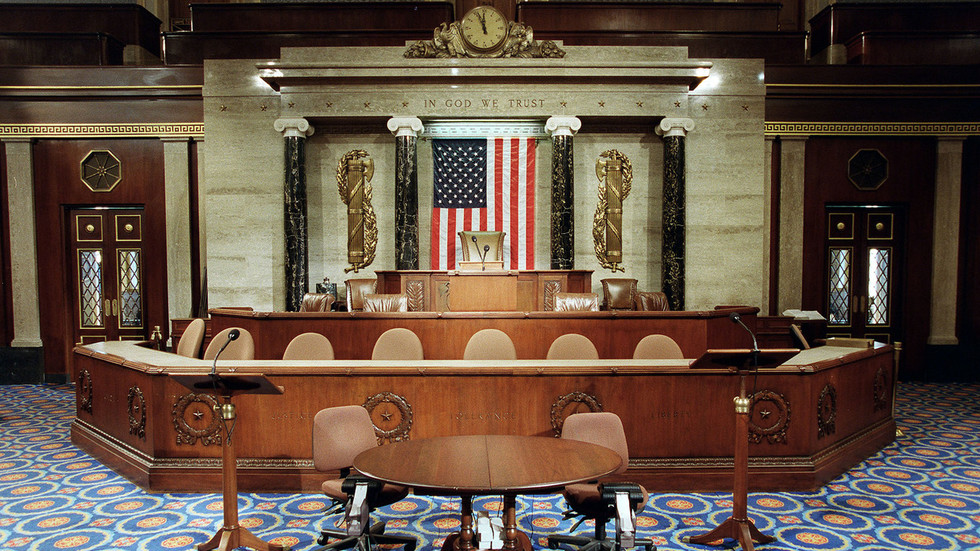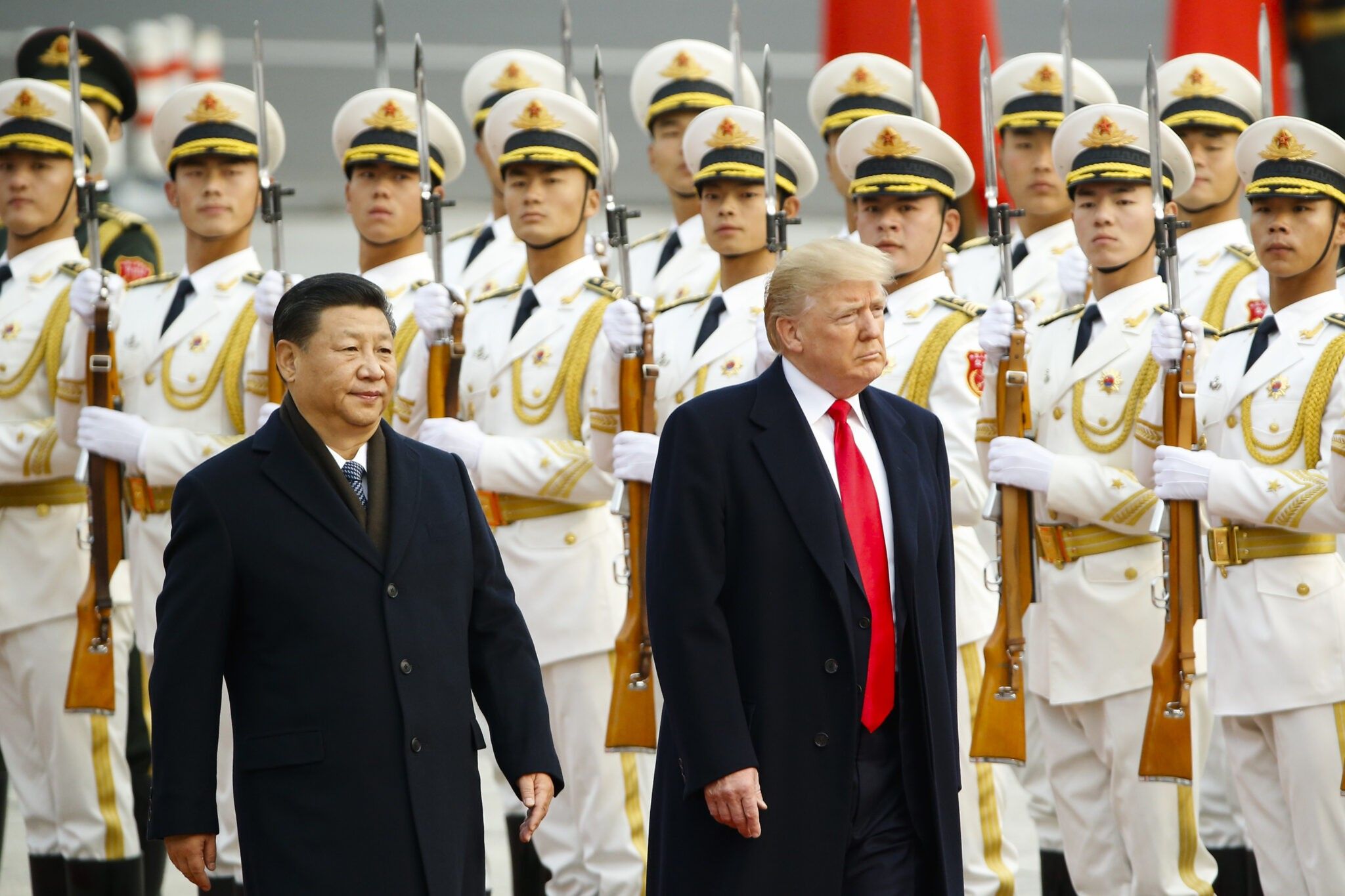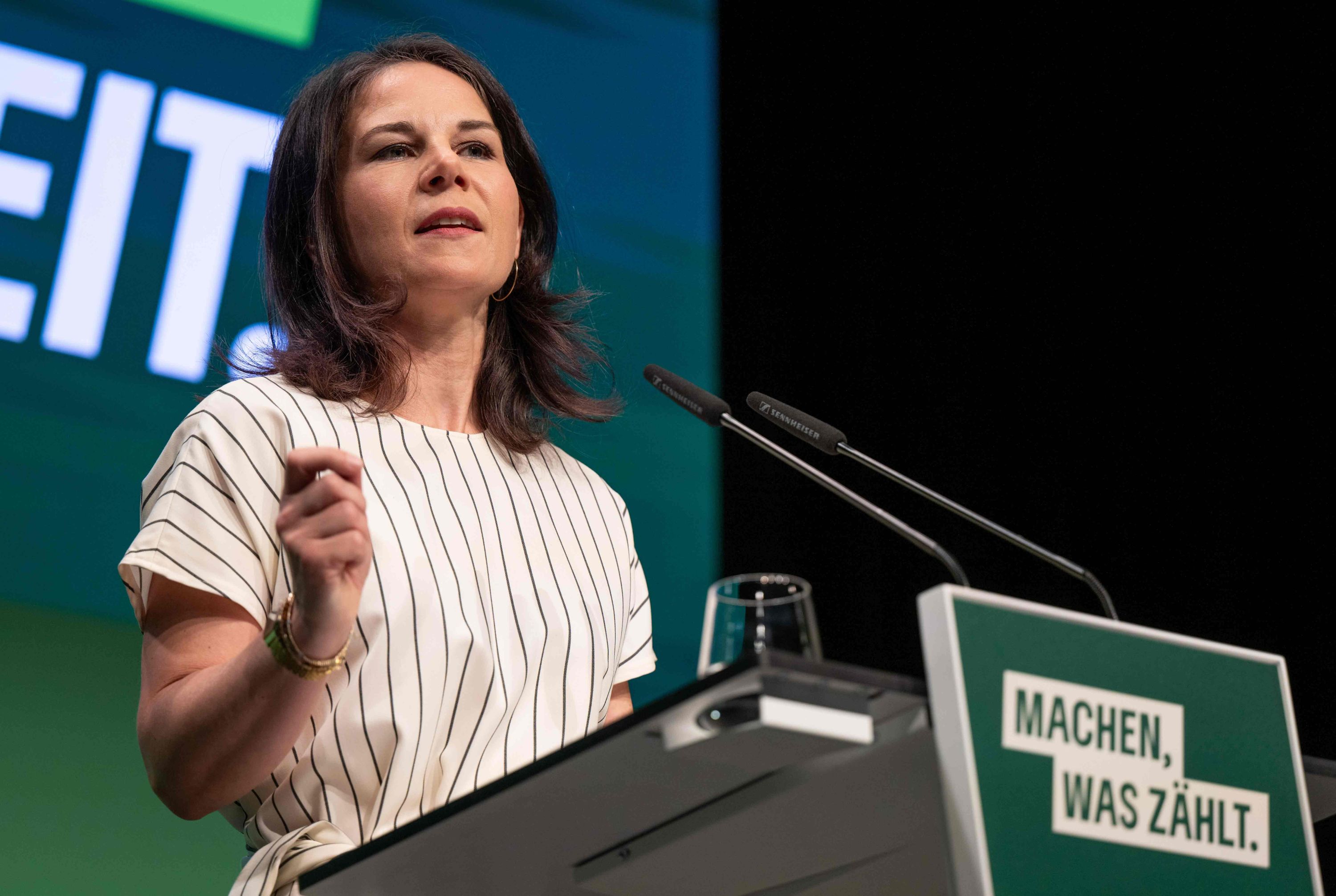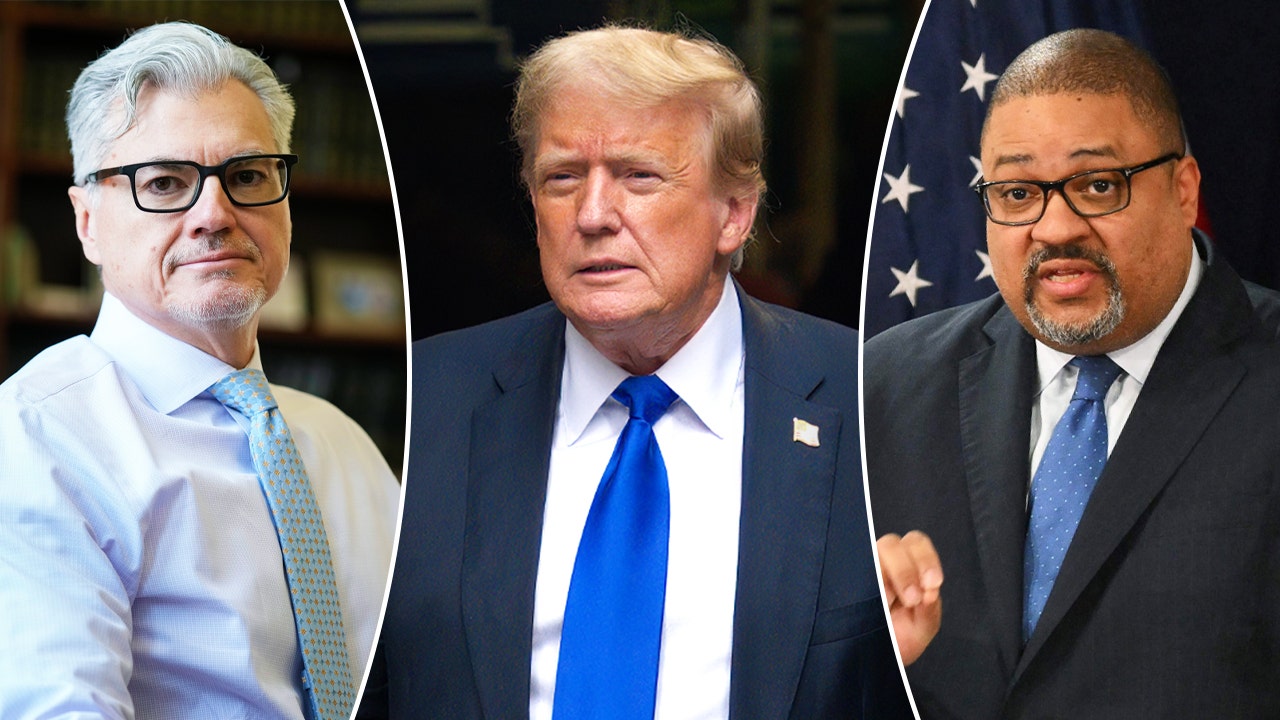Such a result would be a rare setback for an Indian politician who has never failed to secure a majority in state or national elections over a 23-year political career and cultivated an image as a popular strongman and a serial winner. Most analysts expected him to easily brush aside India’s enervated and poorly funded opposition parties, some of which had their bank accounts frozen and their leaders jailed by the government in the run-up to the election.
Yet the mood shifted dramatically as early vote counts trickled in Tuesday morning and indicated that the BJP might not single-handedly secure the 272 seats needed in the 543-member Lok Sabha lower house, as it comfortably managed in 2014 and 2019.
GET CAUGHT UP
Summarized stories to quickly stay informed
Political analysts began to wonder whether Modi would need to negotiate with his allies and make concessions to form a government. In a rare move, television networks typically aligned with the BJP changed the photo accompanying the party logo from Modi to the party president, J.P. Nadda.
Indian stocks dropped 6 percent on fears that the pro-business BJP might fall short, and companies led by Gautam Adani, a billionaire seen as a Modi ally, saw as much as a fifth of their value wiped out within hours.
For the first time in years, Modi seemed vulnerable.
“The entire party structure is built around advertising around him, but the challenge this time was that they weren’t able to come up with a set of issues that they could tie around Modi,” said Nilanjan Sircar, a political scientist at the Center for Policy Research in New Delhi. The government “overreached,” Sircar said. “People were uncomfortable with some of what the government was doing. Some red lines were crossed.”
In the lead-up to the election, Modi and his allies exuded supreme confidence, with BJP leaders pledging to capture 400 seats and staking the campaign almost solely on Modi’s personal appeal.
Modi’s name appeared 67 times in the BJP’s campaign manifesto, overshadowing the perennial issues of “inflation” and “jobs” mentioned once and twice, respectively. Many government welfare programs, such as free bags of grain, were marketed as “Modi’s Guarantee.” In campaign materials, the BJP featured pictures of Modi being welcomed by world leaders such as President Biden, who has sought to cultivate ties with the Indian leader.
But as the campaign unfolded, bitter recriminations over India’s religious and caste divides, often fanned by Modi himself, overshadowed discussions about his accomplishments, including improving India’s infrastructure, introducing pro-business policies or uplifting its international image.
In some of the most memorable moments of the campaign, Modi told a television interviewer that he was chosen by God. He repeatedly warned lower-caste Hindus at rallies that only he could stop the rival Congress party from scrapping India’s affirmative action programs or snatching their livestock and wedding jewelry and redistributing them to Muslims.
In the end, it was voters in the devout Hindu heartland, the BJP stronghold that propelled Modi to victory in 2014 and 2019, who appeared to be pulling back their support. The Congress and Samajwadi opposition parties were set to capture more than half of the seats in Uttar Pradesh, the same state where Modi had consecrated a grand Hindu temple with fanfare in February, early results showed.
Elsewhere, results also seemed to show a dissatisfaction with the status quo.
In restive Kashmir, voters in Baramulla voted in Sheikh Abdul Rashid, an independent candidate who ran from jail. In Manipur, which has witnessed a year of ethnic fighting, Congress looked set to win seats over the BJP.
The results could cast doubt over Modi’s ability to push through the rest of his agenda. BJP officials had proposed streamlining elections by conducting state assembly polls on the same day as the national election and carry out redistricting.
Modi had also signaled that if given a strong mandate for a third term, he could push forward with contentious labor reforms that would make hiring and firing workers easier, help local business owners and invite foreign investment.
During the election campaign, there were signs that the BJP confidence has produced a degree of complacency among its supporters. In the BJP stronghold of Madhya Pradesh Saurabh Singal, a BJP supporter, said this time around he wasn’t going to bother traveling the over a hundred miles to his hometown to cast a vote since it would be a “landslide victory.”
“This year, it is clear who is going to win,” he had said the day before polling in early May.
On Tuesday, BJP supporters who had milled around the party headquarters in Delhi expecting raucous celebrations with DJs as in previous years began to stream out early.
Some party members put on a brave face and argued that a competitive election was a good thing after all.
“Hey, in some areas, we will grow, and in some, we will decrease,” said Rekha Singh, a member of the BJP women’s wing. “If we were running alone in a country, where would the fun be?”
Across town, Congress supporters held something far closer to a celebration. Muslim men from nearby states flocked to Delhi to watch the results on lawn chairs. Nearby, Hindu women flashed their mangalsutras — the traditional Hindu wedding necklace that Modi had warned would be redistributed to Muslims — to photographers in a mockery of his rhetoric.
“I am a devout Hindu who follows all customs and rituals laid down in my religion,” Nikita Chaturvedi said. “But I don’t need any political party to save my religion. I am wearing my mangalsutra. Mr. Modi cannot take it away.”
Later in the evening, at the headquarters, Congress President Mallikarjun Kharge said, to the sounds of drumbeats and packed crowds, that the results were an indictment of Modi.
“He fought this election in his name alone and he has lost it,” he said. “The people of this country understood that another term for Modi would be disastrous and they have voted against it.”



















Discussion about this post